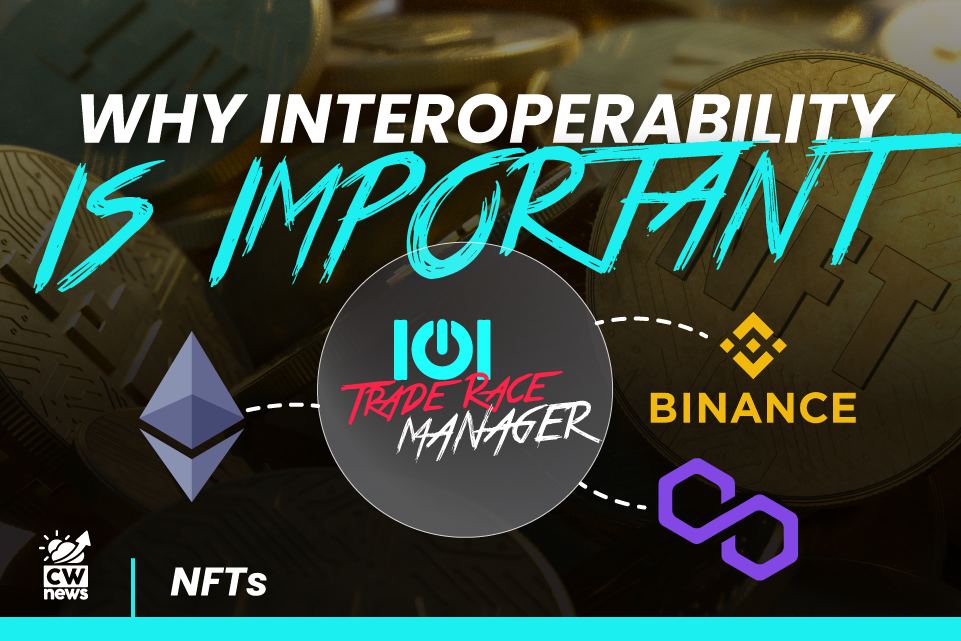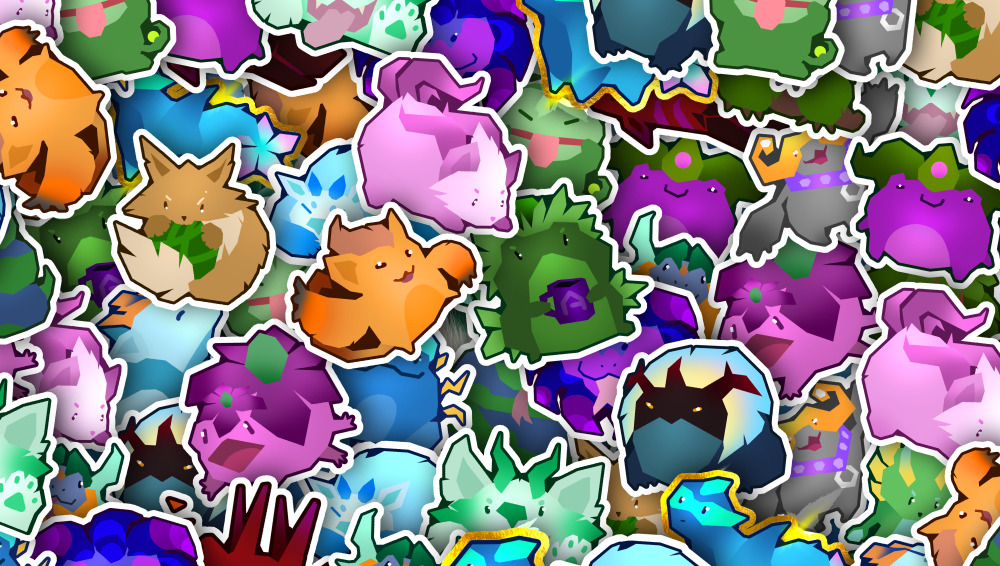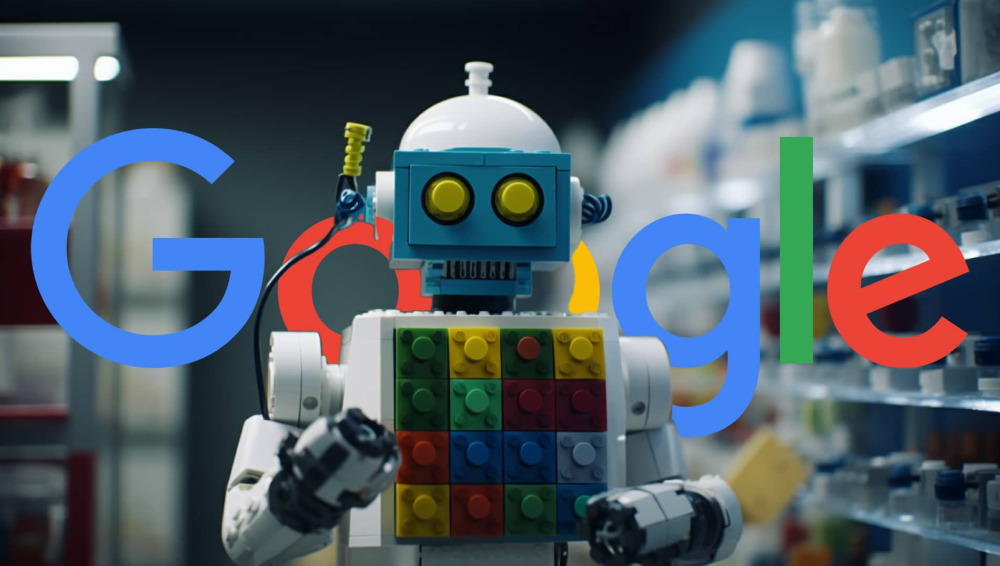When cryptocurrencies were formed, each used a different programming language. They were created separately and could not communicate with each other (btc, ethereum, polkadot, cardano ..), so they are not compatible. It is necessary to build up interoperability, which could interconnect the blockchain systems.
What is interoperability?
It means the possibility that disparate blockchain systems can communicate with each other. Primarily it is the ability to share, see, and access information across different blockchain networks without the need for an intermediary.
Blockchain projects that want to implement interoperability into their platform aim to create an ecosystem that will enable different blockchains to easily communicate with each other. The vision of interoperable enterprise blockchains thereby rests on:
- integration with existing systems
- initiate transactions on other networks
- conduct transactions with other chains
- transact between deployments on the same chain by integrating apps
- making it easy to switch one underlying platform for another.
Interoperability is crucial in any software system – it simply won’t work to its full potential if it can’t work with other software.
NFT interoperability
Similar to fungible tokens or cryptocurrencies needing interoperability for a full work potential, it is necessary to create interoperability between NFTs as well. NFTs are operating on various blockchains such as Ethereum, Matic, Polygon, Flow and WAX. Interoperability is therefore indispensable.
The proof that the NFT market is not interoperable is that every blockchain protocol is building its functions on their NFT marketplace and NFT platform.
As you can see the diversity of the blockchains is conspicuous:
As seen in the chart, most of the NFTs are built on Ethereum.
Binance as a next chain option also for Trade Race Manager
The world’s largest crypto exchange is the latest to launch an NFT marketplace. They promise minimal fees, high liquidity, and high-value collectibles. Binance has revealed its plans to launch a marketplace for Non-Fungible Tokens in June.
The Binance marketplace will work as follows. It will offer two ways to buy and sell NFTs:
- Premium events – will be reserved for “select works through high-end exhibitions”, akin to “drops” from famous artists on other NFT marketplaces. For these sales, Binance will charge 10% fee while 90% of the profits will go towards the creators.
- Trading markets – will be more democratic and open to everybody. Every user will be able to create their own NFT and put them up for sale or auction. Binance will charge a 1% fee for this offering, with NFT creators and depositors earning a 1% royalty on subsequent sales of their work.
This will allow the users deposit artworks from different blockchains.
Interoperability of Trade Race Manager NFTs
Trade Race Manager enters the crypto market with NFTs which are interoperable on Ethereum and Polygon chain. The IOI Corporation is also working on the Binance chain which is planning to be launched in the middle of this year.
Interoperability is the future not only in the case of cryptocurrencies but also in the case of NFTs. A growing number of interoperability projects have entered the scene. They try to bridge the gap between various blockchains. Their aim is to make the interaction between networks easier. And also to ensure the concept of decentralization is fully realized. Blockchain services and markets are born every day, but their capability to communicate with each other is an overseen boomerang: the hard truth is that cryptocurrencies count on unreliable third-party applications and the collaboration of a small empyrean of experts to be accessed and operated.
Dominika
Disclaimer: This article is provided for informational purposes only. It is not offered or intended to be used as legal, tax, investment, financial, or other advice.





